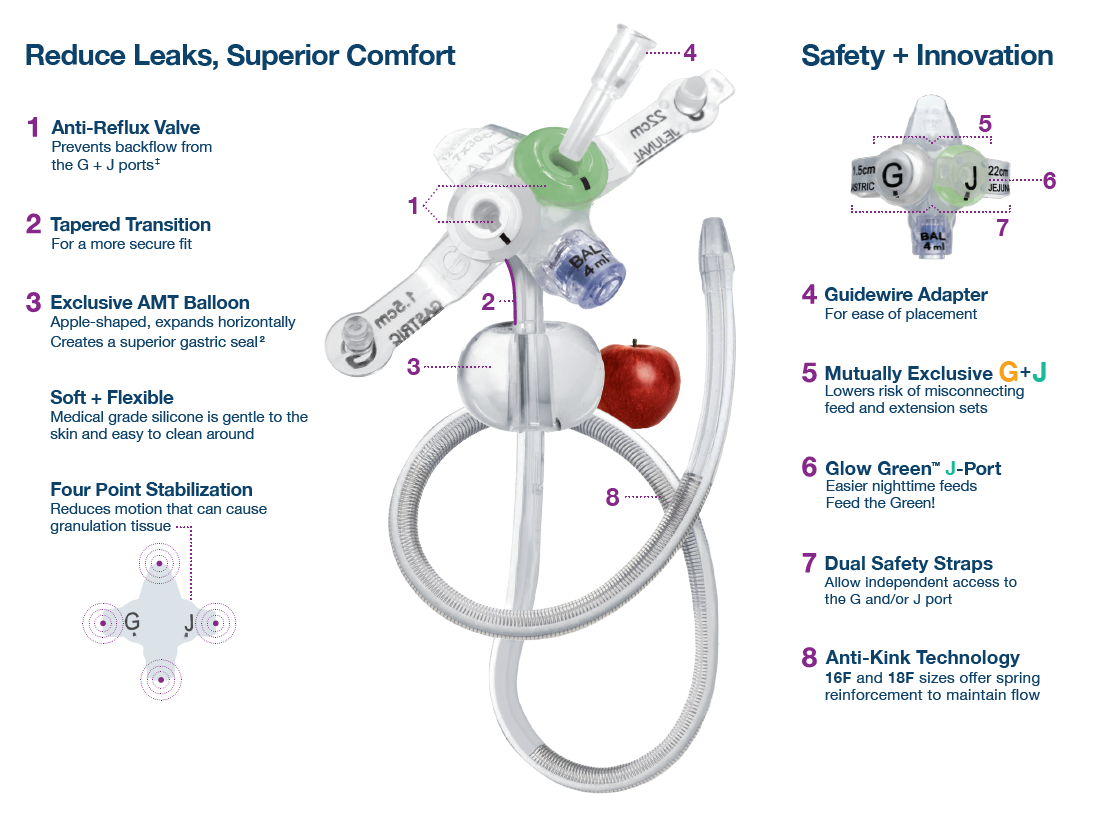Navigating Recovery: The Role of Gastric Drainage Tubes in Post-Surgery Care

Undergoing surgery can be a challenging experience, and the recovery process is crucial for ensuring a successful outcome. One common aspect of post-surgery care is the use of gastric drainage tubes, which play a significant role in aiding the recovery process. These tubes are designed to help drain excess fluids and gases from the stomach and intestines, promoting healing and preventing complications. Understanding the role of gastric drainage tubes in post-surgery care is essential for patients and caregivers to navigate the recovery process effectively.
Benefits of Gastric Drainage Tubes
Promotes Healing
- Prevents the accumulation of fluids in the stomach, reducing the risk of infection
- Helps in controlling intra-abdominal pressure, which can improve wound healing
Prevents Complications
- Reduces the risk of postoperative ileus (intestinal blockage) by draining excess fluids and gases
- Minimizes the occurrence of vomiting and nausea, which are common after surgery
Enhances Patient Comfort
- Relieves discomfort and bloating by removing excess fluids from the digestive system
- Allows patients to resume oral intake sooner by facilitating the passage of fluids
Care and Maintenance of Gastric Drainage Tubes
Monitoring Drainage Output
- Regularly check the amount, color, and consistency of drainage to identify any changes
- Notify healthcare providers if there is a sudden increase or decrease in drainage output
Preventing Infection
- Keep the exit site clean and dry to reduce the risk of infection
- Follow proper hand hygiene practices when handling the drainage tube
Ensuring Proper Functioning
- Avoid kinks or twists in the tubing to maintain the flow of drainage
- Secure the tube to prevent accidental dislodgement
Potential Complications and When to Seek Help
Dislodgement of the Tube
- If the tube becomes dislodged, contact your healthcare provider immediately for reinsertion
- Avoid attempting to reinsert the tube yourself to prevent injury or complications
Infection at the Insertion Site
- Watch for signs of infection such as redness, swelling, or discharge at the insertion site
- Contact your healthcare provider if you suspect an infection for appropriate treatment
Blockage of the Tube
- If the tube becomes blocked, do not attempt to clear it yourself
- Notify your healthcare provider to address the blockage and prevent complications
Final Thoughts
Overall, gastric drainage tubes play a crucial role in post-surgery care by promoting healing, preventing complications, and enhancing patient comfort. Understanding how to care for and maintain these tubes is essential for successful recovery. By following proper care guidelines and knowing when to seek help for potential complications, patients can navigate their recovery journey with confidence and ensure a smooth and effective recovery process.